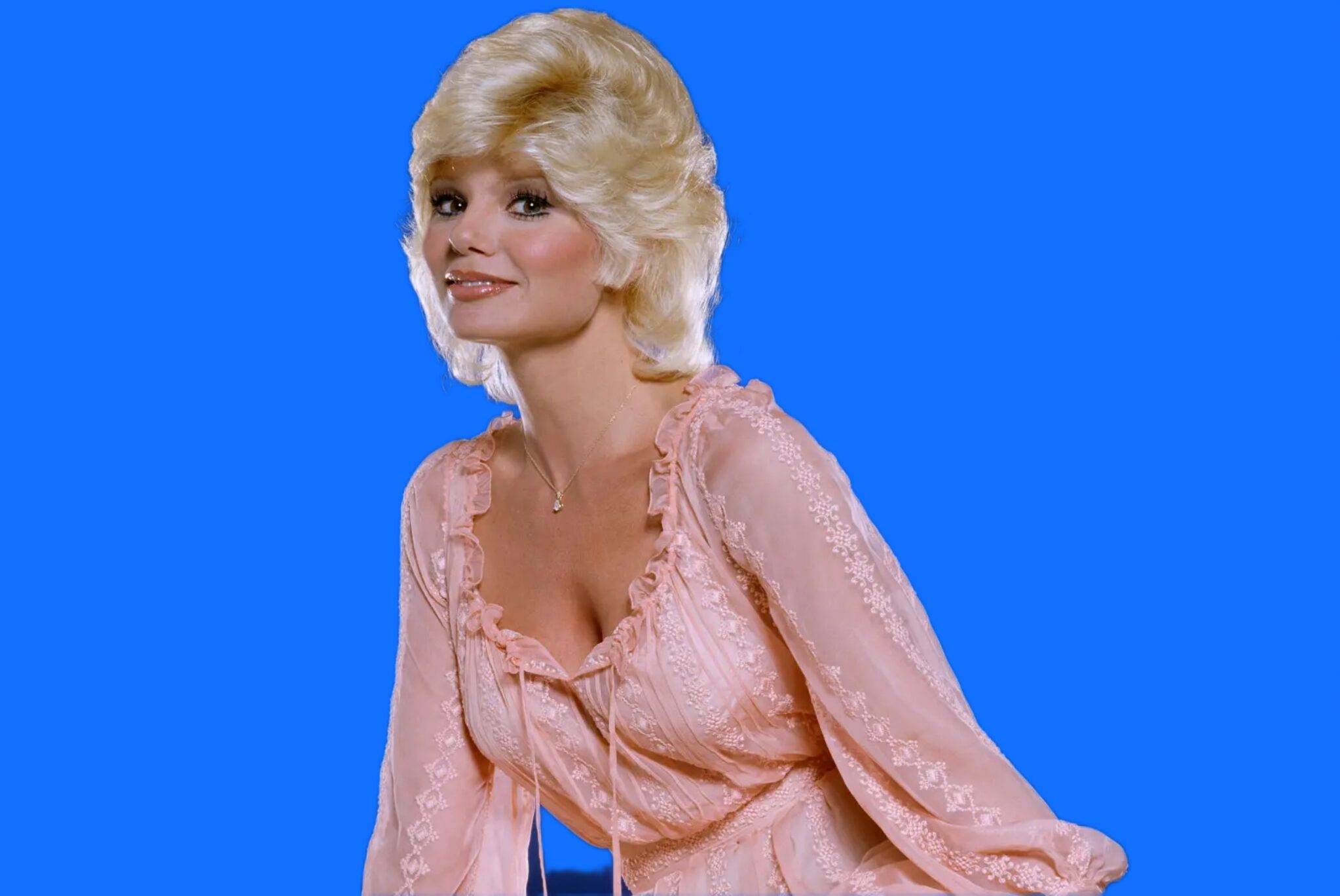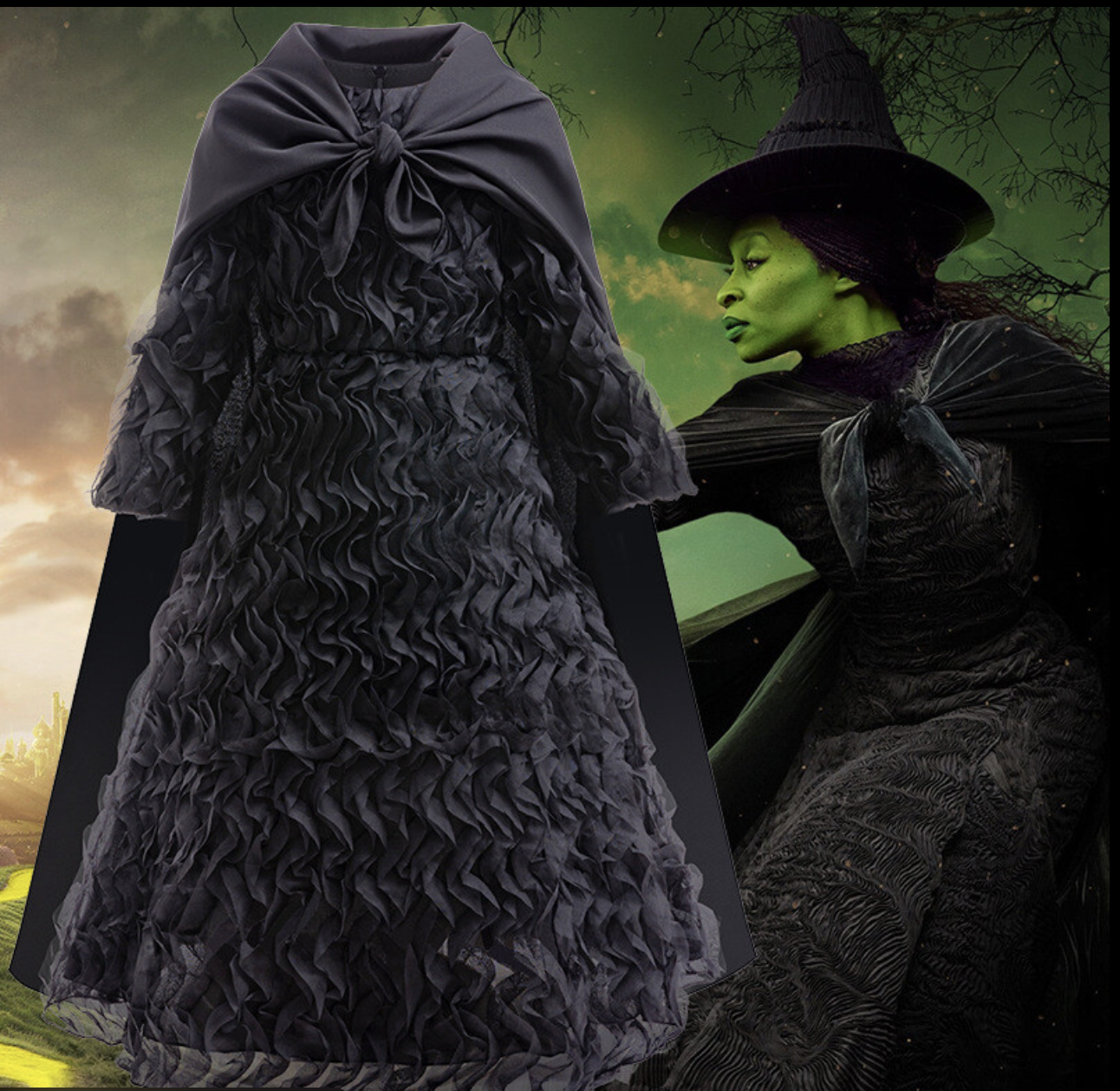
The Glamorous Icon Who Redefined Television Stardom
Discover the life, career, and lasting impact of Loni Anderson, the iconic actress best known for her role as Jennifer Marlowe in WKRP in Cincinnati. A journey through Hollywood, stardom, and personal resilience.
Loni Anderson is more than just a television star—she’s a pop culture icon, a beauty symbol of the 1970s and 1980s, and a woman who carved a space for herself in Hollywood with talent, grace, and tenacity. While many remember her as the glamorous receptionist Jennifer Marlowe in WKRP in Cincinnati, Anderson’s journey through fame is rich with layers of resilience, evolution, and reinvention.
Early Life and Humble Beginnings
Born on August 5, 1945, in St. Paul, Minnesota, Loni Kaye Anderson grew up far from the glitz and glamour of Hollywood. Her early years were marked by a deep interest in performance and art. Despite her dazzling beauty, Anderson wasn’t just another aspiring starlet—she was a determined young woman who valued education and earned a degree in art from the University of Minnesota.
Her acting career began in earnest in the early 1970s with small television roles. She appeared in shows like S.W.A.T., Police Woman, and Barnaby Jones, slowly making her mark in a male-dominated industry where beauty was often prioritized over depth.
Stardom with WKRP in Cincinnati
Everything changed in 1978 when Anderson landed the role that would make her a household name. As Jennifer Marlowe, the sexy yet sharp and intelligent receptionist of a struggling radio station in the sitcom WKRP in Cincinnati, Anderson shattered stereotypes. She played a blonde bombshell who wasn’t ditzy or clueless—instead, Jennifer was confident, smart, and often the most competent person in the room.
The show ran from 1978 to 1982 and earned Anderson two Emmy nominations and three Golden Globe nominations. Her portrayal was widely praised for challenging traditional depictions of women in sitcoms, making her a symbol of empowered femininity during an era of change.
Hollywood’s Darling – and Its Scrutiny
With success came the price of public scrutiny. Anderson became one of the most photographed women of the late ’70s and early ’80s, gracing magazine covers and tabloid headlines. Her signature blonde hair, sultry smile, and hourglass figure made her an icon—but also placed her under intense pressure to maintain a glamorous image.
Throughout the 1980s, Anderson continued to appear in TV films, miniseries, and guest roles. Her performances in Stroker Ace (1983), alongside then-husband Burt Reynolds, and various made-for-TV dramas kept her in the spotlight. However, not all her roles were critically acclaimed, and she often had to fight against typecasting.
Tumultuous Personal Life in the Public Eye
Loni Anderson’s personal life was frequently in the headlines, particularly her high-profile relationship and marriage to Hollywood legend Burt Reynolds. The couple married in 1988, but their union was plagued by allegations of abuse, betrayal, and financial disputes.
Their messy divorce in 1994 became tabloid fodder and deeply affected Anderson, both personally and professionally. Despite the public fallout, she remained resilient, later stating in interviews that her focus was on protecting her children and maintaining dignity amid scandal.
She has been married four times and is the mother of two children, including a son, Quinton, whom she adopted with Reynolds. Loni has often spoken about the challenges of balancing fame with motherhood, and how being a parent helped her stay grounded through Hollywood’s chaos.
Reinvention and Advocacy
In the late 1990s and 2000s, Anderson took a step back from constant media exposure and focused more on family, advocacy, and occasional acting roles. She appeared in guest spots on Sabrina the Teenage Witch, V.I.P., and So Notorious.
One of her most meaningful public contributions has been as an advocate for chronic obstructive pulmonary disease (COPD), a condition that claimed her parents’ lives. Anderson has used her platform to promote awareness and education around the disease, becoming a spokesperson for the COPD Together initiative.
She also released her autobiography in 1995, titled My Life in High Heels, in which she candidly discussed her career, personal struggles, and life lessons from decades in show business.
Loni Today – Still Radiant, Still Relevant

Now in her late 70s, Loni Anderson continues to shine. She defies expectations about aging in Hollywood, remaining active, healthy, and stunningly beautiful. Her recent public appearances reflect a woman who is comfortable in her own skin—glamorous as ever, but grounded in experience and wisdom.
She has also embraced the idea of aging gracefully, often sharing her beauty routines and fitness habits in interviews, inspiring older women to take pride in their appearance and well-being.
Legacy and Cultural Impact
Loni Anderson’s legacy isn’t just tied to her looks or one famous role. She helped redefine what a “blonde bombshell” could be: intelligent, witty, and full of agency. Her character Jennifer Marlowe paved the way for more complex female roles in sitcoms, while her off-screen battles highlighted the often harsh realities of life behind the spotlight.
More than four decades after WKRP in Cincinnati, she remains a beloved figure in pop culture—a symbol of glamour, resilience, and quiet strength.





